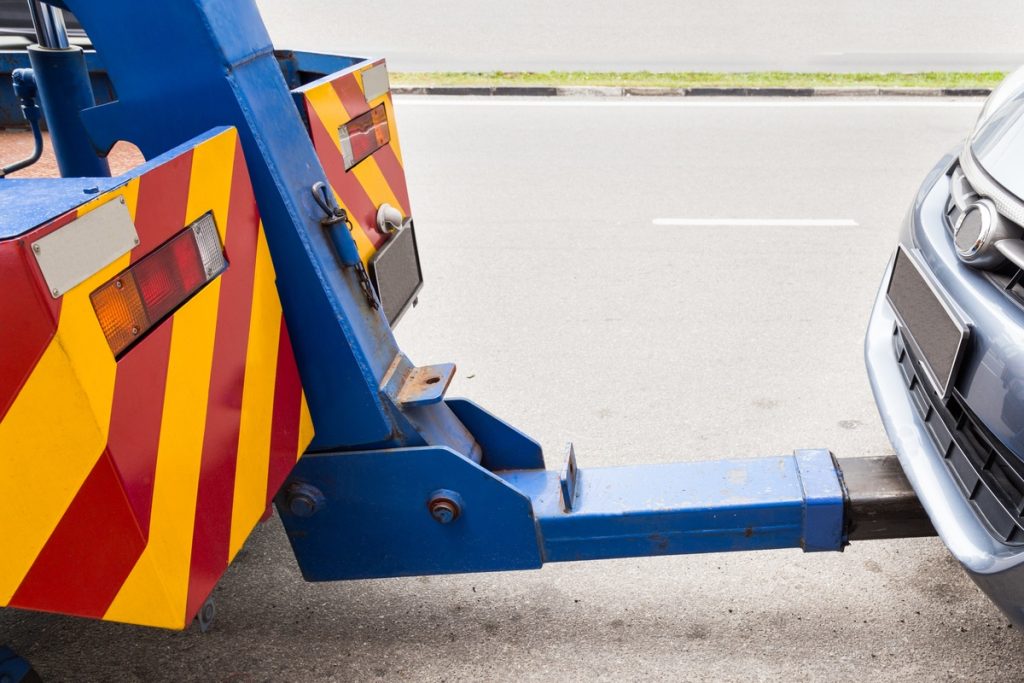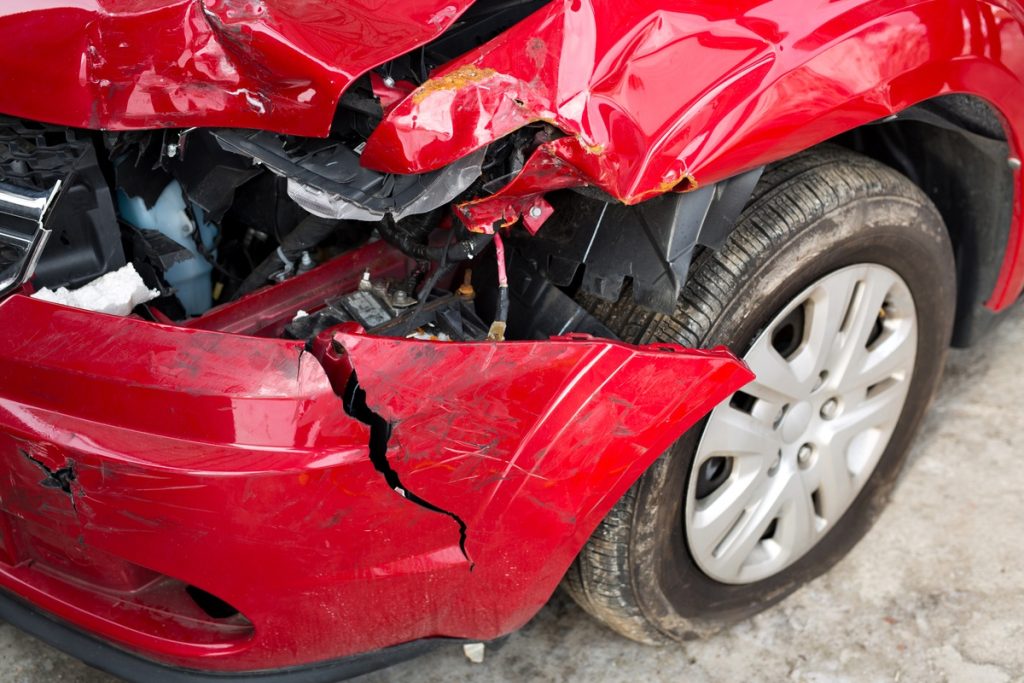If you’ve been driving for a while, you’ve probably seen a car being towed on the road. Have you ever wondered why there are different methods used to tow a car?
You might have seen a car being towed by a tow truck with two of its tyres raised off the road, and the other two still on the road. Other cars when towed are completely up on a flatbed or trailer, with none of the tyres on the road, perhaps due to a collision on the road.
And then there is the tow rope set-up, where there is no dolly, trailer or flatbed. The car being towed is pulled behind another car or truck by a tow rope, and it has all four tyres on the road.
How do you tow an automatic car?
If you need to tow an automatic car because it has broken down or is deemed unsafe to drive, you might think that the easiest method to use is a tow rope.
You might be surprised to learn, however, that the tow rope method cannot be used for automatic cars.
What happens if you tow an automatic car?
When you tow a car with an automatic transmission, the drive wheels must be raised off the ground. This is why automatic cars are towed either on a flatbed trailer or with a dolly that lifts the two drive wheels off the ground.
Why can’t I tow an automatic car?
Because an automatic car has a drive axle, when you tow it, the drive wheels and axles of the vehicle will continue to rotate. Other parts of the transmission will also continue to spin. But there won’t be any lubrication for these parts as the automatic transmission fluid won’t be present.
What damage would occur when towing an automatic car?
If you tow an automatic car with the drive wheels on the ground, the wheels, axles and transmission parts will rotate without any transmission fluid or lubricant. These fluids are released when the engine is running, but not when the car is being towed with the engine off.
The result will be significant damage to the transmission system, seals, gears and the engine itself.
Can you tow an automatic car in neutral?
Even if you put an automatic car in neutral, pulling or pushing the automatic transmission when the engine is off will cause the gears to run without lubrication.
So, no, putting the car in neutral does not enable you to tow an automatic car with a tow rope.
How to tow a front-wheel drive car
If your vehicle is a front-wheel-drive car, then its driven axle is at the front. You don’t want this axle turning without lubrication when towing.
In order to tow a front-wheel car, you need to lift the front wheels off the ground. It’s okay to leave the back wheels on the ground, so a dolly or trailer would work. Or you could tow a front-wheel drive car using a flatbed trailer.
Can you tow an automatic 4×4?
A 4×4 vehicle is also referred to as a 4WD, a four-wheel drive vehicle or an all-wheel drive vehicle. The engine powers all four wheels evenly, not just the front two or rear two.
These types of vehicles have two active axles (in the front and back), which means neither the front nor back wheels should be on the road when towing. Using a tow rope is not recommended as this could seriously damage the transmission system and/or the drive components.
Should you tow a car with a CVT transmission?
Most technicianal transmissions offer a limited or fixed number of gear ratios and have hard shifts between each.
A continuously variable (CVT) transmission, on the other hand, is one that changes through a continuous range of gear ratios while you drive.
If you own a CVT car that needs to be towed, do not use a tow rope. A CVT is an automatic car, therefore, the same principles apply for towing an automatic car.
If you own a CVT car, it’s best not to use it to tow another vehicle. CVTs are not suited to high-load conditions. They cannot withstand the heavy load of towing another vehicle in the same way that a traditional transmission is.
Get in touch with the experts at Mt Roskill Collision Centre on 0800 227 762 or email [email protected] for professional and friendly car servicing advice.

